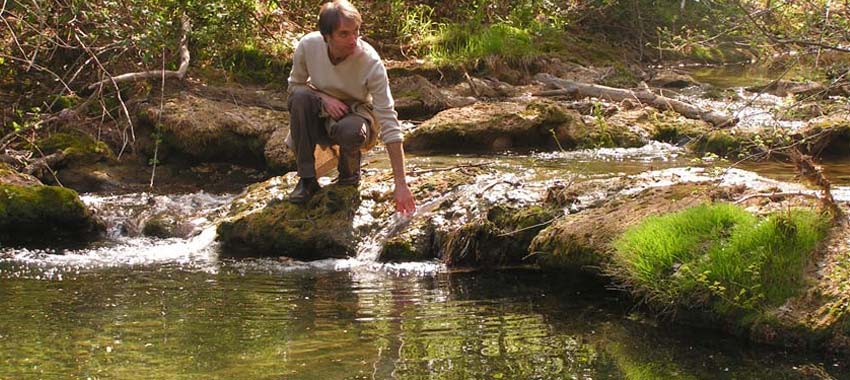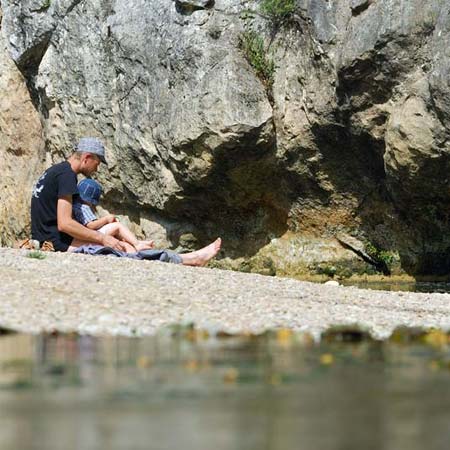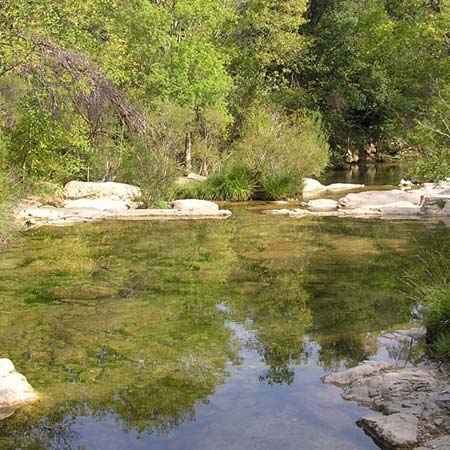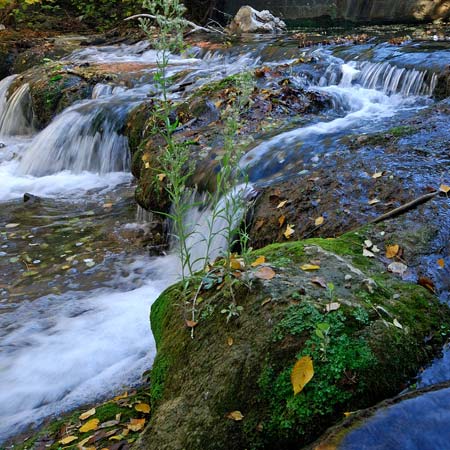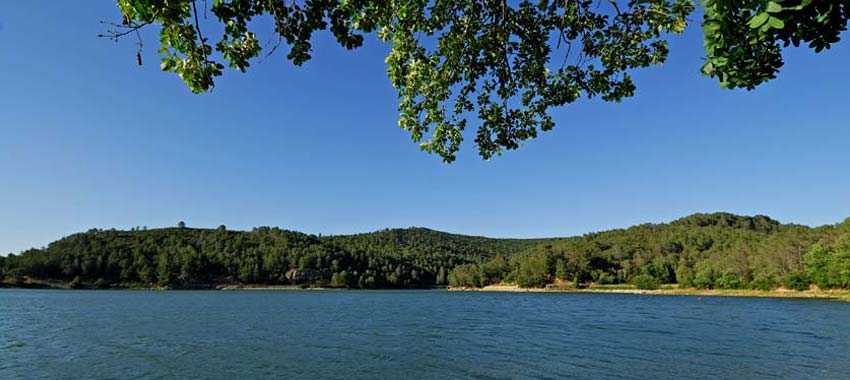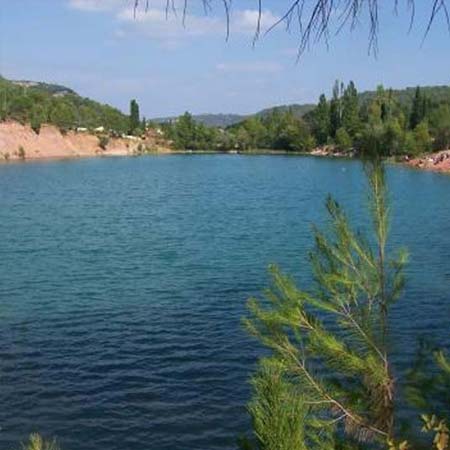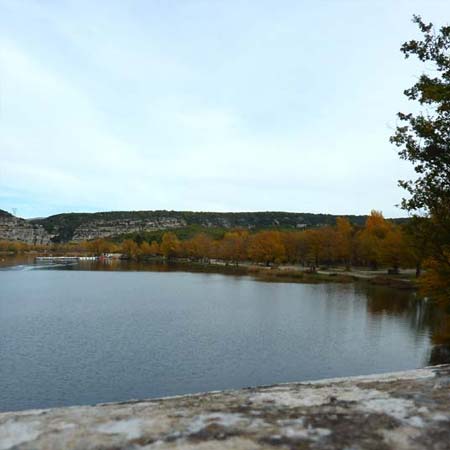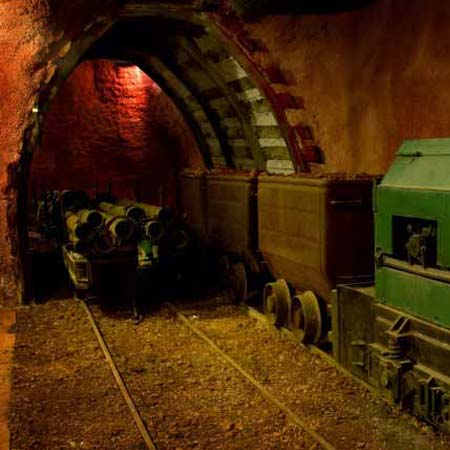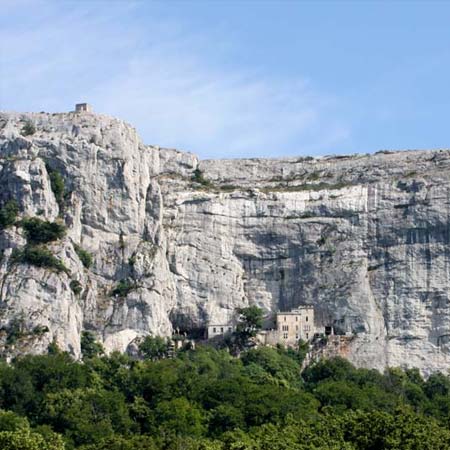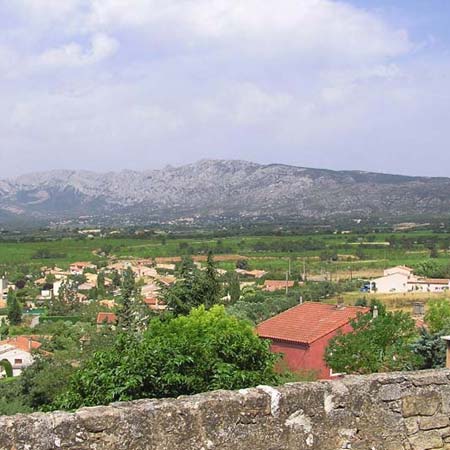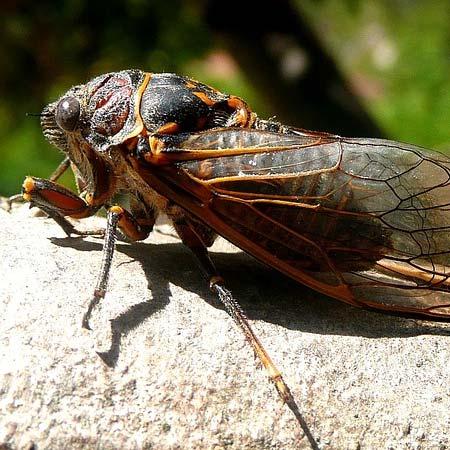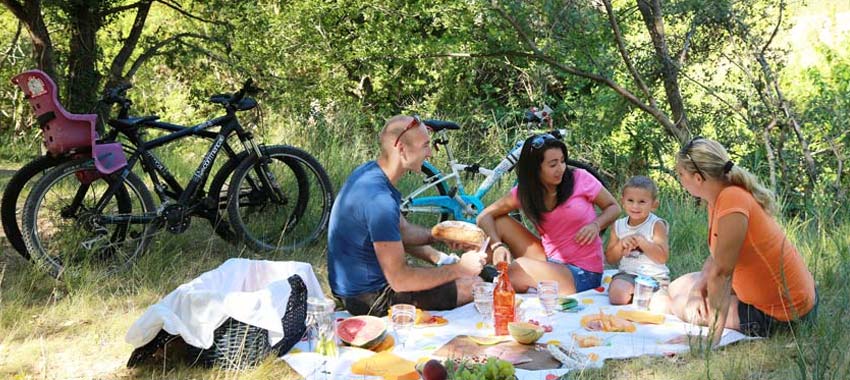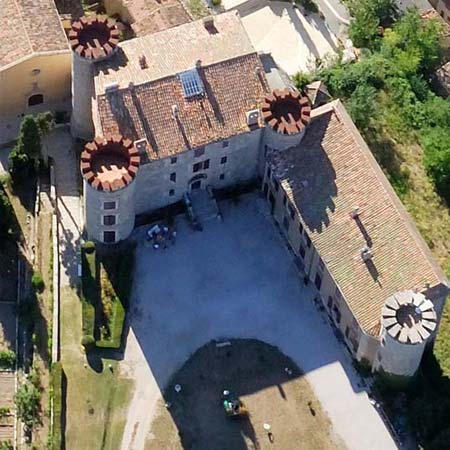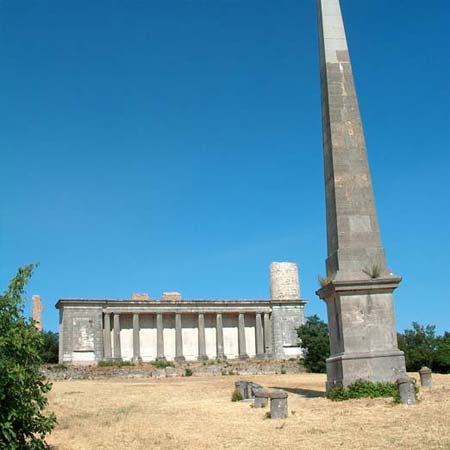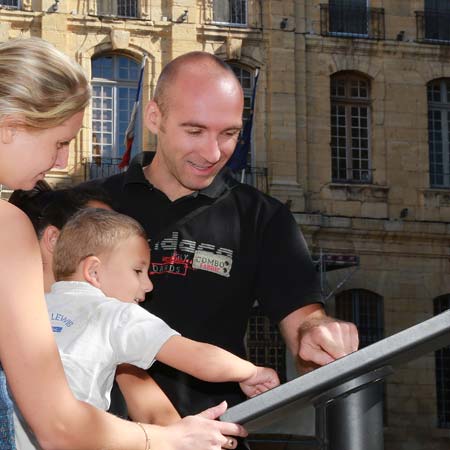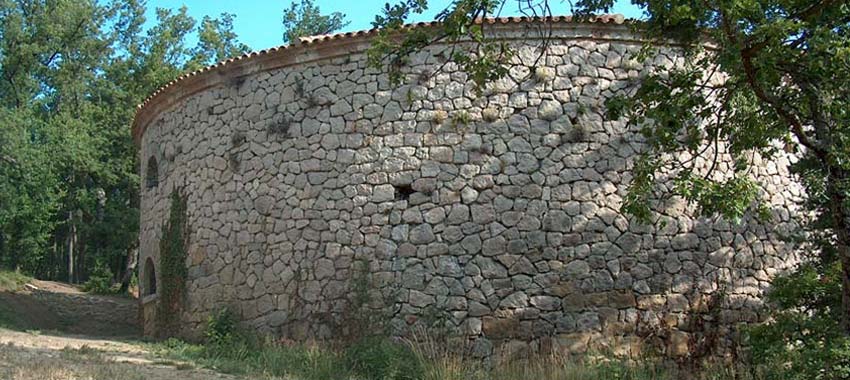
When the weather is warm, take a break at the Pivault ice house in Mazaugues, an unusual place for a picnic and an afternoon nap, in the midst of the centuries-old forest of Sainte Baume. It was once used to store ice before the ice was transported to Toulon & Marseille.
In the middle of the Sainte-Baume mountains, the Marie-Madeleine caves (1st photo) are a sacred place where many pilgrims come to picnic. Not far from Pourrières, the Sainte-Victoire (2nd photo) is also a famous spot for fans of hiking, but also for picnicking.


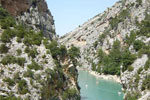 The Verdon Gorges
The Verdon Gorges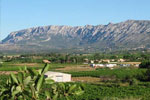 The Sainte-Victoire range
The Sainte-Victoire range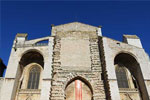 Saint-Maximin Basilica
Saint-Maximin Basilica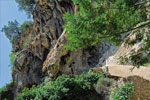 Cotignac and its Rock
Cotignac and its Rock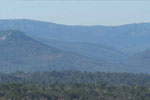 Sainte-Baume moutains
Sainte-Baume moutains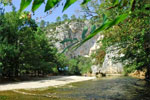 Vallon Sourn beach
Vallon Sourn beach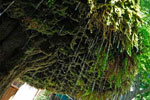 Barjols fountains
Barjols fountains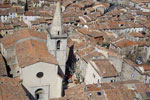 Brignoles medievale town
Brignoles medievale town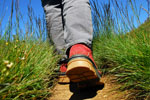 Hiking
Hiking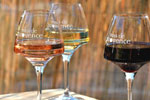 Vineyards & Discoveries
Vineyards & Discoveries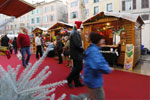 Christmas in Provence
Christmas in Provence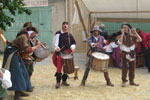 Events off season
Events off season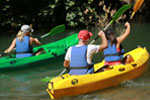 Lake, river, canoe
Lake, river, canoe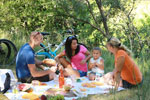 Picnics, afternoon naps
Picnics, afternoon naps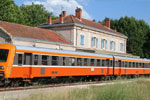 Amusez-vous
Amusez-vous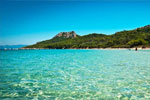 Beaches, the seaside
Beaches, the seaside Summer holidays events
Summer holidays events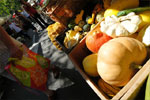 Markets & typical villages
Markets & typical villages
